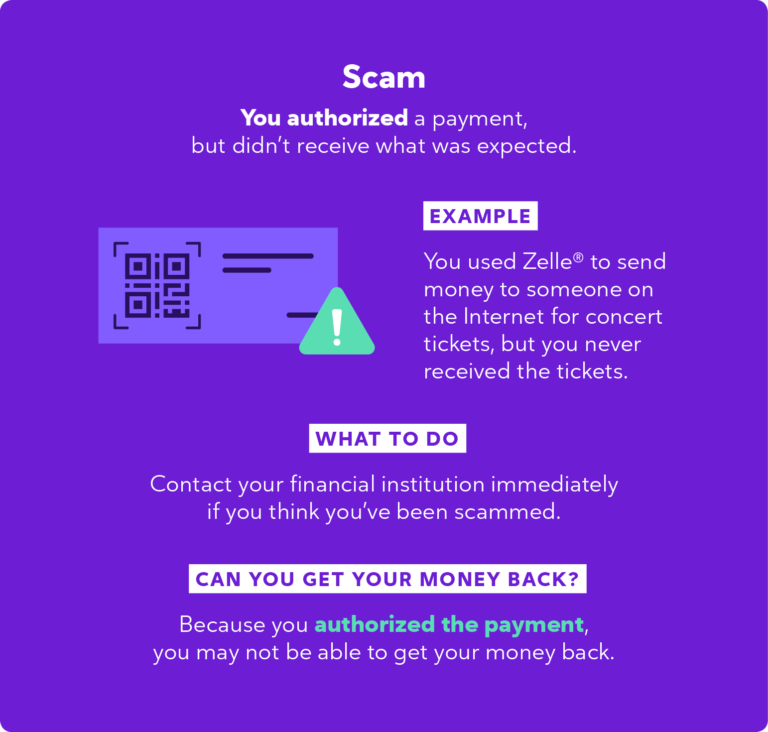Google Chat Scams: Can You Get Scammed On Google Chat

In today’s interconnected world, communication platforms like Google Chat have become integral to our personal and professional lives. However, they’ve also become fertile ground for scammers looking to exploit unsuspecting users. In this blog post, we will delve into the world of Google Chat scams: what they are, how they work, and, most importantly, how to recognize and protect yourself from these deceptive schemes.
Understanding Google Chat Scams
Google Chat, a messaging platform that integrates with Gmail, is a convenient way to stay in touch with colleagues, friends, and family. Unfortunately, scammers have found ways to infiltrate this platform to carry out various fraudulent activities. Here’s a look at some common types of Google Chat scams:
The Anatomy of Google Chat Scams:
- Impersonation Scams: Scammers create fake profiles that mimic trusted contacts, such as colleagues or acquaintances. They strike up conversations and request money or sensitive information.
- Phishing: Scammers send messages with links that lead to fake login pages designed to steal your Google account credentials. Once they have your login information, they can access your email and personal data.
- Tech Support Scams: Victims receive unsolicited messages from scammers posing as Google or tech support agents. They claim there is an issue with your account and request personal information or payment for assistance.
- Job Offer Scams: Scammers pose as recruiters or potential employers, offering job opportunities that sound too good to be true. They may request upfront fees or personal information for “processing.”
- Romance Scams: Scammers establish online romantic relationships, gain victims’ trust, and later fabricate emergencies, such as medical bills or travel expenses, and ask for money.
Recognizing the Red Flags
Spotting the warning signs of Google Chat scams is essential for protecting your personal information and financial security. Here are common indicators to be aware of:
- Unsolicited Messages: Be cautious of unsolicited messages, especially if they involve requests for money or personal information.
- Pressure to Act Quickly: Scammers often create a sense of urgency, insisting that you must act immediately or share sensitive information.
- Suspicious Links: Avoid clicking on links in messages from unknown or unverified contacts, especially if they lead to login pages or ask for personal information.
- Too Good to Be True: Be skeptical of job offers, investment opportunities, or romantic relationships that seem too good to be true.
- Requests for Money: Never send money to someone you’ve only met online, especially if they have an urgent need.
Protecting Yourself From Google Chat Scams
Defending against Google Chat scams requires vigilance and informed decision-making:
- Verify Contacts: Before sharing sensitive information or sending money, verify the identity of the person you’re communicating with. Use contact details you already have or trusted channels.
- Educate Yourself: Stay informed about common scam tactics and red flags associated with Google Chat scams.
- Use Two-Factor Authentication (2FA): Enable 2FA for your Google account to add an extra layer of security.
- Beware of Unsolicited Messages: Avoid engaging with unsolicited messages, especially those requesting money or personal information.
- Report Scams: If you encounter a Google Chat scam or suspect fraudulent activity, report it to Google and appropriate authorities.
- Stay Informed: Keep up to date with the latest scams and share information with friends and family to help protect them from falling victim.
Conclusion
Google Chat is a valuable tool for communication, but it’s not immune to scams. By staying informed, practicing caution, and recognizing the red flags associated with these scams, you can safeguard your personal information and financial well-being from falling into the hands of deceptive fraudsters. Remember that legitimate requests for assistance or information won’t pressure you to act quickly or share sensitive details, and when in doubt, verify the authenticity of the request through trusted channels.






